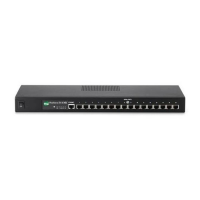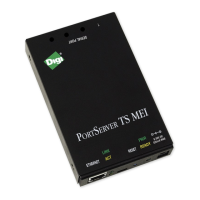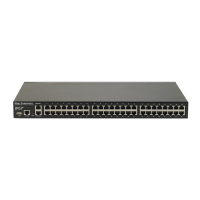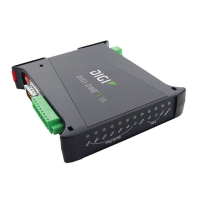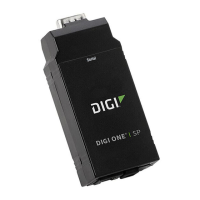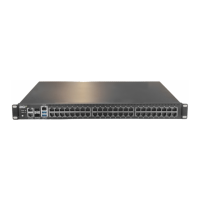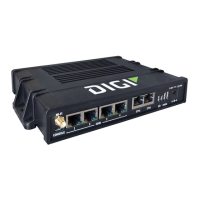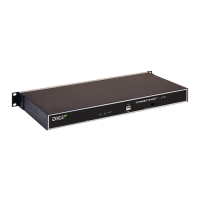90030500B Configuring Frame Relay Page 171
• Identify the number of users, the total number of packets transferred, and any
variations at different times or on different days.
• Determine the protocols used.
• Note any points of congestion or slow responses experienced by users.
4. Map your PVC (physical circuit) and lay down business rules.
• Plot the locations of the network nodes and overlay the traffic patterns that
you identified in step 3.
• If the volume of traffic on a particular node is significantly higher in one
direction than in another, consider using different connections for incoming
and outgoing traffic.
• Determine rules that will ensure satisfactory performance, for example, the
maximum number of users on each 56Kbps channel.
5. Calculate the CIR necessary to support the expected
average
volume of traffic,
taking into account the business rules you defined in step 4.
Note:
Do not use the
maximum
volume of traffic to calculate the CIR. Frame
Relay’s capability of handling bursts of data allows it to accommodate
higher values for short periods.
• You can use the CIR to allocate priority to certain traffic streams multiplexed
on the same access channel.
6. Calculate the port connection speed necessary to support the Inbound CIR. How-
ever, if the Inbound and Outbound CIR values differ greatly, and the Outbound
CIR is greater, adjust the port speed accordingly. (Buffering at the router and the
port connection allows Outbound PVCs to support higher values for short periods;
buffering is not available to Inbound PVCs).
• Do not add together the Inbound CIR and the Outbound CIR to calculate the
port speed. The inbound and outbound traffic streams do not contend for the
same port capacity.
• The CIR of an individual PVC is limited by the port connection, and you can
oversubscribe the port by 100% to 200%. For example, a 256 Kbps port may
be able to handle up to eight 64 Kbps CIRs (total 512 Kbps).
7. If possible, install your Frame Relay implementation on a small number of sites
and users for initial trials.
8. Monitor performance against the goals you identified in step 2 and the business
rules you determined in step 4, and against the values obtained from the previous
configuration. Modify PVC, CIR, and port connection speed as often as necessary
to obtain optimum performance.
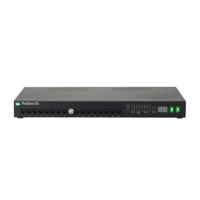
